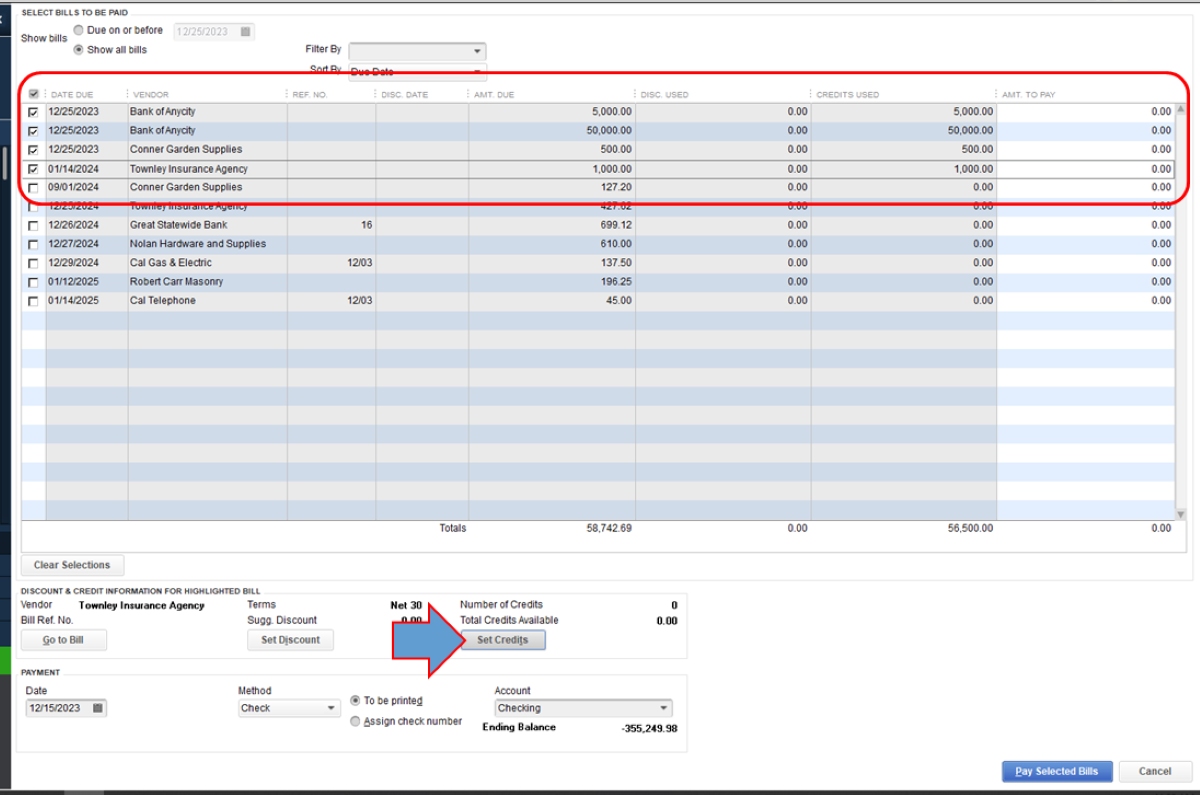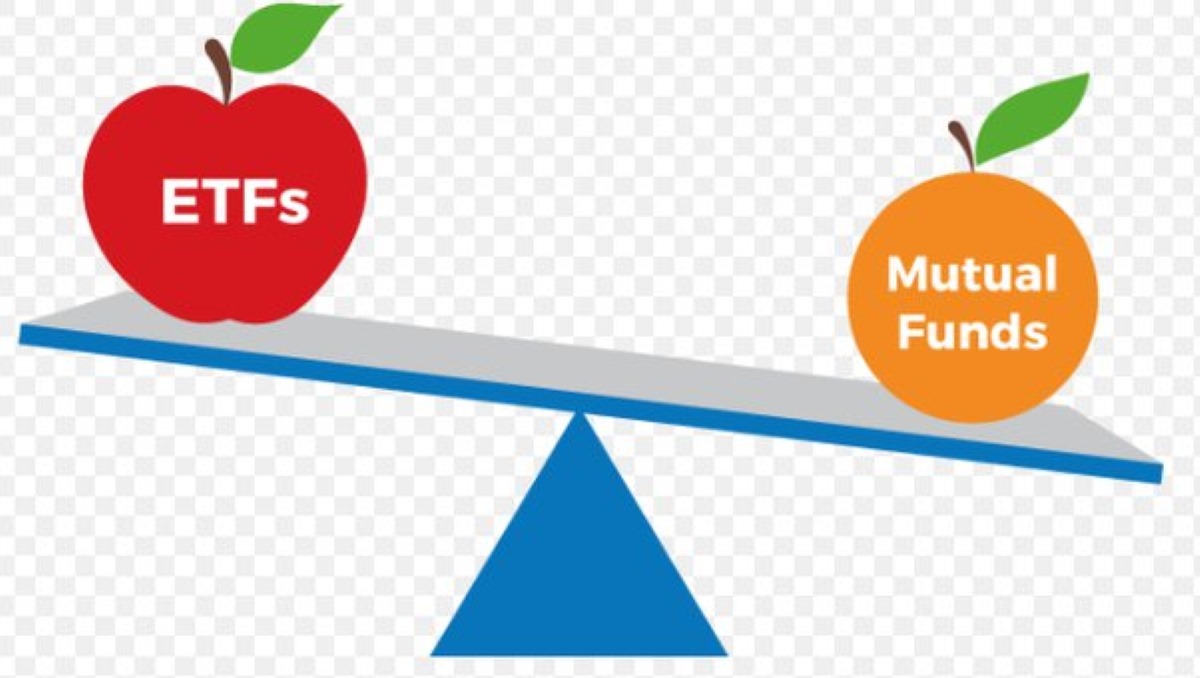Home>Finance>What Is The Minimum Payment On A Chase Sapphire Card


Finance
What Is The Minimum Payment On A Chase Sapphire Card
Published: February 26, 2024
Learn about the minimum payment on a Chase Sapphire card and manage your finances wisely. Understand the importance of making timely payments to avoid interest charges and maintain a good credit score.
(Many of the links in this article redirect to a specific reviewed product. Your purchase of these products through affiliate links helps to generate commission for LiveWell, at no extra cost. Learn more)
Table of Contents
Introduction
The Chase Sapphire card is a popular choice among individuals seeking a rewarding and flexible credit card. With its enticing rewards program, travel benefits, and various perks, it has garnered a significant following. However, it's essential for cardholders to comprehend the intricacies of managing their credit card payments, particularly the minimum payment requirement.
In this comprehensive guide, we will delve into the concept of the minimum payment on a Chase Sapphire card, exploring its significance, factors influencing it, and the potential implications of paying only the minimum amount. Additionally, we will provide valuable insights and tips for effectively managing minimum payments to maintain financial stability and make the most of the card's benefits.
Understanding the minimum payment on a Chase Sapphire card is crucial for responsible credit card management. By gaining insights into this aspect, cardholders can navigate their financial obligations adeptly, avoid potential pitfalls, and optimize their credit card usage to enhance their overall financial well-being. Let's embark on this enlightening journey to unravel the nuances of minimum payments and their impact on Chase Sapphire cardholders.
Understanding the Chase Sapphire Card
The Chase Sapphire card is renowned for its versatile rewards program, catering to both travel enthusiasts and individuals seeking diverse redemption options. This premium credit card offers a spectrum of benefits, including generous sign-up bonuses, travel credits, and points accrual on various spending categories.
Cardholders can relish the flexibility of redeeming their accumulated points for travel, gift cards, merchandise, or cash back, providing an array of choices to suit their preferences. The card’s travel perks encompass travel insurance, airport lounge access, and the absence of foreign transaction fees, making it an appealing option for globetrotters.
Moreover, the Chase Sapphire card is esteemed for its customer service and user-friendly online platform, empowering cardholders to manage their accounts seamlessly and access valuable resources and insights.
Understanding the features and benefits of the Chase Sapphire card is pivotal for maximizing its potential and leveraging its rewards effectively. By comprehending the intricacies of the card’s offerings, individuals can make informed decisions regarding their spending, payment strategies, and utilization of the card’s perks.
As we delve deeper into the realm of minimum payments, it’s essential to bear in mind the broader context of the Chase Sapphire card’s attributes and advantages, which play a pivotal role in shaping the overall credit card management experience for its users.
Minimum Payment Requirements
As a credit cardholder, it’s imperative to comprehend the minimum payment requirement associated with the Chase Sapphire card. The minimum payment represents the lowest amount that cardholders must remit by a specified due date to maintain their account in good standing. This obligation is a fundamental aspect of responsible credit card management, ensuring that cardholders fulfill their financial commitments and avoid adverse repercussions.
Typically, the minimum payment is calculated as a percentage of the outstanding balance, subject to a minimum threshold. While the specific formula may vary, it commonly includes a percentage of the principal balance, accrued interest, and any applicable fees. It’s essential for cardholders to review their card agreement or contact the card issuer for precise details regarding the minimum payment calculation methodology.
By meeting the minimum payment requirement, cardholders fulfill their immediate financial obligation, preventing the account from being classified as delinquent or in default. However, it’s crucial to recognize that paying only the minimum amount can result in prolonged debt repayment, increased interest costs, and potential implications for the cardholder’s credit score.
Understanding the minimum payment requirement empowers cardholders to navigate their financial responsibilities adeptly, enabling them to make informed decisions regarding their payment strategy and overall credit card utilization. As we unravel the nuances of minimum payments, it’s essential to grasp the significance of meeting this obligation while striving to manage credit card balances effectively and minimize the associated financial burdens.
Factors Affecting Minimum Payment
Several factors influence the calculation of the minimum payment on a Chase Sapphire card, shaping the financial obligation that cardholders must fulfill each billing cycle. Understanding these determinants is pivotal for comprehending the nuances of minimum payments and their implications for responsible credit card management.
1. Outstanding Balance: The outstanding balance on the credit card, encompassing the principal amount, accrued interest, and any applicable fees, serves as a primary factor in calculating the minimum payment. A higher outstanding balance typically results in a proportionately higher minimum payment requirement.
2. Minimum Payment Formula: Card issuers employ diverse methodologies to calculate the minimum payment, often involving a percentage of the outstanding balance or a predetermined minimum amount. It’s imperative for cardholders to acquaint themselves with the specific formula utilized by the issuer to ascertain their minimum payment obligation accurately.
3. Interest Rate: The annual percentage rate (APR) associated with the credit card influences the accrual of interest on the outstanding balance. A higher APR results in increased interest charges, consequently impacting the minimum payment amount and the overall cost of carrying a balance.
4. Fees and Charges: Additional fees, such as late payment fees or over-limit charges, can augment the total outstanding balance, thereby contributing to a higher minimum payment requirement for the subsequent billing cycle.
5. Credit Utilization: The utilization of available credit can impact the minimum payment, especially if the cardholder’s balance approaches or exceeds the credit limit. High credit utilization may prompt a higher minimum payment to mitigate the perceived risk associated with elevated balances.
By recognizing these influential factors, cardholders can gain insight into the dynamics of minimum payment calculation and proactively manage their credit card balances to align with their financial objectives. As we navigate the realm of minimum payments, understanding these determinants is instrumental in fostering informed decision-making and prudent financial management.
Making the Minimum Payment
Remitting the minimum payment on a Chase Sapphire card is a fundamental aspect of maintaining financial discipline and upholding the cardholder’s creditworthiness. Cardholders can typically fulfill this obligation through various convenient channels, ensuring timely compliance with the minimum payment requirement.
1. Online Payments: The online portal provided by Chase enables cardholders to submit their minimum payments swiftly and securely. This digital platform offers a user-friendly interface, allowing for seamless navigation and prompt payment processing.
2. Mobile App: The Chase mobile app empowers cardholders to manage their credit card accounts on the go, facilitating the submission of minimum payments through a few simple taps on their mobile devices. This convenient option enhances accessibility and expediency in meeting payment deadlines.
3. Automatic Payments: Setting up automatic payments through the card issuer’s platform enables cardholders to schedule the remittance of their minimum payments, mitigating the risk of missing due dates and incurring late fees. This automated approach fosters financial discipline and alleviates the burden of manual payment initiation.
4. In-Person Payments: For individuals preferring traditional payment methods, in-person payments at Chase branches or authorized payment locations offer a viable avenue for submitting the minimum payment in a manner that aligns with their preferences.
By leveraging these diverse payment channels, cardholders can ensure timely and consistent compliance with the minimum payment requirement, fortifying their financial standing and preserving their creditworthiness. Additionally, embracing digital payment options and automated solutions can streamline the payment process, affording convenience and peace of mind to Chase Sapphire cardholders as they fulfill their financial obligations.
Consequences of Paying Only the Minimum
While remitting the minimum payment on a Chase Sapphire card fulfills the immediate financial obligation, opting to pay only the minimum amount can lead to a cascade of adverse consequences that warrant careful consideration by cardholders.
1. Extended Debt Repayment: Paying only the minimum perpetuates the cycle of debt, prolonging the duration required to settle the outstanding balance. This protracted repayment timeline translates to increased interest accrual, amplifying the overall cost of the borrowed funds and impeding the cardholder’s journey toward financial freedom.
2. Heightened Interest Costs: By carrying a balance and remitting solely the minimum payment, cardholders subject themselves to elevated interest charges. The compounding effect of accruing interest on the remaining balance amplifies the total cost of credit, potentially resulting in substantial long-term financial implications.
3. Credit Score Impact: Consistently paying only the minimum can negatively impact the cardholder’s credit score. Credit utilization, a key factor in credit scoring models, may surge as a result of high outstanding balances, potentially diminishing the individual’s creditworthiness and impeding future credit-related endeavors.
4. Financial Strain: The cumulative impact of prolonged debt repayment and heightened interest costs can exert financial strain on cardholders, constraining their ability to allocate funds toward savings, investments, or discretionary expenses. This financial burden may impede the pursuit of long-term financial goals and erode overall financial well-being.
By comprehending the ramifications of paying only the minimum, cardholders can make informed decisions regarding their payment strategy, striving to mitigate these adverse consequences and foster a financially sound future. As we navigate the intricacies of minimum payments, it’s imperative to recognize the broader implications of this approach and proactively manage credit card balances to align with prudent financial practices.
Tips for Managing Minimum Payments
Effectively managing minimum payments on a Chase Sapphire card is pivotal for maintaining financial stability and optimizing the card’s benefits. By implementing prudent strategies and cultivating disciplined financial habits, cardholders can navigate their minimum payment obligations adeptly while mitigating potential pitfalls associated with prolonged debt repayment and elevated interest costs.
1. Budgeting and Planning: Prioritize budgeting and financial planning to allocate sufficient funds for meeting the minimum payment requirement each billing cycle. By integrating this obligation into your financial roadmap, you can proactively manage your credit card payments and avert potential financial strain.
2. Pay More Than the Minimum: Strive to remit more than the minimum payment whenever feasible. By exceeding the minimum requirement, you can expedite debt repayment, mitigate interest costs, and alleviate the burden of carrying a prolonged balance on your card.
3. Monitor Spending Habits: Vigilantly monitor your spending habits and exercise prudence in credit card utilization. By curbing unnecessary expenditures and adhering to a disciplined approach to spending, you can minimize the accumulation of high credit card balances, thereby facilitating more manageable minimum payments.
4. Utilize Rewards Wisely: Leverage the rewards and perks offered by the Chase Sapphire card judiciously. By strategically utilizing accrued points or benefits, you can offset expenses, potentially freeing up funds to allocate toward your minimum payment and overall financial well-being.
5. Seek Financial Guidance: In instances of financial uncertainty or challenges in meeting minimum payment obligations, consider seeking guidance from financial advisors or credit counseling services. These professionals can offer tailored insights and strategies to navigate your credit card obligations effectively.
By embracing these tips and integrating them into your financial approach, you can proactively manage your minimum payments, optimize your credit card usage, and cultivate a robust foundation for financial well-being. As we navigate the realm of credit card management, these strategies empower cardholders to navigate their minimum payment obligations adeptly and foster prudent financial practices.
Conclusion
Navigating the realm of minimum payments on a Chase Sapphire card necessitates a comprehensive understanding of its implications, intricacies, and the strategies essential for prudent credit card management. By unraveling the nuances of minimum payments, cardholders can cultivate informed financial habits and fortify their financial well-being while leveraging the card’s benefits effectively.
Understanding the minimum payment requirement as a fundamental aspect of responsible credit card management empowers cardholders to navigate their financial obligations adeptly, ensuring timely compliance with payment deadlines and mitigating potential adverse consequences. By comprehending the factors influencing minimum payments and the repercussions of paying only the minimum, individuals can make informed decisions regarding their payment strategy, striving to minimize interest costs and expedite debt repayment.
The Chase Sapphire card’s versatile rewards program, travel benefits, and user-friendly platform offer a compelling credit card experience. However, prudent management of minimum payments is crucial to harnessing these advantages while mitigating the financial burdens associated with prolonged debt repayment and interest accrual.
By embracing budgeting, prudent spending habits, and proactive debt repayment strategies, cardholders can proactively manage their minimum payments, fostering financial stability and fortifying their creditworthiness. Leveraging the tips and insights provided in this guide empowers individuals to navigate their credit card obligations adeptly, cultivating a robust foundation for long-term financial well-being.
As cardholders embark on their journey of responsible credit card management, integrating these insights into their financial approach can pave the way for prudent decision-making, disciplined financial habits, and optimized utilization of the Chase Sapphire card’s offerings. By prioritizing financial literacy and prudent credit management, individuals can navigate their minimum payment obligations adeptly, fostering a resilient financial future and maximizing the benefits of their Chase Sapphire card.














